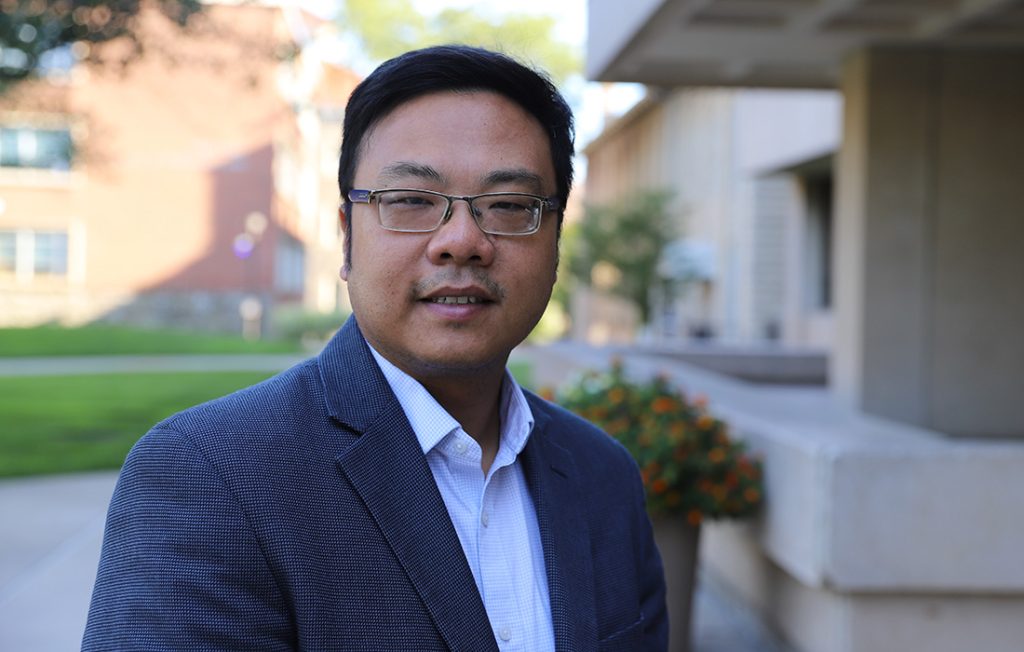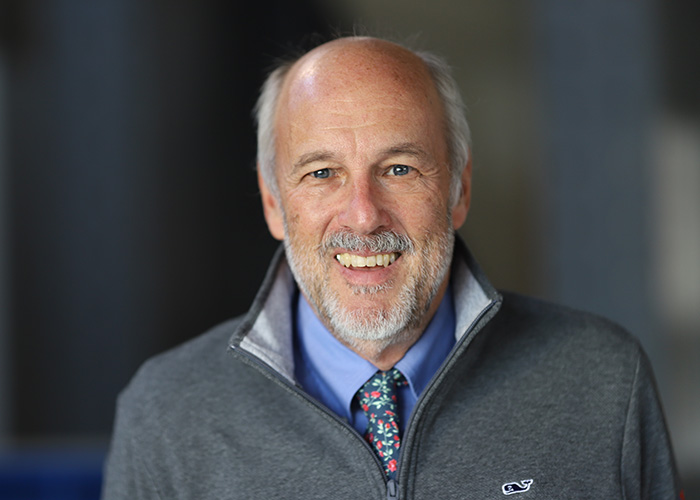
The Institute for Sustainability Engagement (ISE) at Syracuse University is pleased to announce it has been awarded over $600,000 in funding through two separate grants from the U.S. Department of Agriculture (USDA) for FY 2025. The grants— Technical Assistance and Training (TAT) Grant and Solid Waste Management (SWM) Grant—will support rural communities in New York State (NYS) and Puerto Rico (PR) with the resources and expertise needed to expand access to clean water and sustainable materials management.
Ensuring the success of these sectors is crucial to protecting public health and rural livelihoods. Many rural communities are on the frontlines of today’s most pressing sustainability challenges—from a rapidly retiring workforce, aging infrastructure, and increasingly frequent storms and weather emergencies. Waste combustion and landfilling are the primary methods to manage solid waste in both NYS and PR, despite the fact that within the next two decades, both regions will deplete the remaining capacity of their active landfills, according to state and jurisdiction data.
ISE’s Environmental Finance Center (EFC), which has served as a pillar of the institution for over three decades, continues to play a historic and foundational role in ISE’s partnership with the USDA and other supporting entities.
Alvin Montana II, Chief Operator at Herkimer County Sewer Authority, has partnered with the institute for over two years, and this partnership will continue through the TAT grant. Located along the southern edge of NY’s Adirondack Park, Herkimer County protects critical water resources that are vital to the region’s tourism, recreation, and agricultural sectors.
“ISE’s Environmental Finance Center has been a critical partner in advancing our capital planning—from refining priorities to helping us take projects out to engineering. Their support has helped us turn long-term water infrastructure goals into the development of shovel-ready solutions for Herkimer County,” Montana said.
ISE Director Melissa Young stated, “We are honored to receive support from the USDA to continue this important work.” She continued, “Rural areas serve as the backbone of agriculture, adventure, our water supplies, and our continued connection to nature, and it’s crucial they receive the support they need to thrive.”
All projects will kick off in October 2025.
About the USDA Grants
Solid Waste Management (SWM) – $434,000
The SWM Grant will help rural communities in NYS and PR address challenges related to solid waste, promoting innovative solutions for waste reduction, reuse, recycling, and more.
Through the SWM grant, ISE is committed to diverting a total of at least 10 tons of
materials from the waste stream through a variety of strategies and initiatives, most
notably; ISE’s long-running Sustainable Materials Management (SMM) Stewardship
Programs (in NY and PR) and its Recycle Right NY campaign; a community SMM collection
hub to address illegal dumping; a compost use event to improve soil health; and an
assortment of workshops, webinars, facility tours, and summits.
“To help shift away from waste combustion and landfilling, ISE is working to improve
recycling systems, establish reuse and repair initiatives, develop composting programs,
and more,” shared ISE Assistant Director Jesse Kerns. “All of which will cycle valuable
resources back into rural communities.”
Technical Assistance and Training (TAT) Grant – $172,000
The TAT Grant will help rural communities in NYS, PR, and eight Native Nations build
resiliency, secure funding, and navigate the complexities of providing safe, clean water.
ISE’s EFC will continue to lead the way to answer the difficult “how-to-pay” component of
environmental protection and improvement, while also facilitating training opportunities
on infrastructure financing, operations, and planning; university-student applied learning
opportunities with local governments and partners; and distribution of bilingual resources.
Partnerships
These awards also represent ISE’s deep-rooted commitment to community engagement through strong partnerships across disciplines.
Committed partners assisting ISE in executing USDA funded projects for FY 2025 include:
New York State Association for Reduction, Reuse, and Recycling (NYSAR3)
New York State Department of Environmental Conservation (NYDEC)
The New York State Water Resources Institute at Cornell University
The Center for Sustainable Materials Management (CSMM) at SUNY ESF
Puerto Rico Composta
Basura Cero Puerto Rico
Sierra Club de Puerto Rico
Feria Calle
About the Institute for Sustainability Engagement (ISE)
The Institute for Sustainability Engagement (ISE), formerly known as the Center for
Sustainable Community Solutions, is housed at the Syracuse University College of
Engineering and Computer Science, and works with communities to support their
sustainability and climate adaptation in areas of sustainable materials management
and water infrastructure. ISE engages with community members at all levels,
providing coordination and expertise in communications, policy, and science to help
them make informed decisions that foster economic well-being, environmental
stewardship, and social equity. The Syracuse University Environmental Finance
Center (EFC) is a pillar in this mission that facilitates the development of
sustainable and resilient communities throughout US EPA Region 2 (New Jersey,
New York, Puerto Rico, the US Virgin Islands, and eight Native Nations) and
nationally.
























